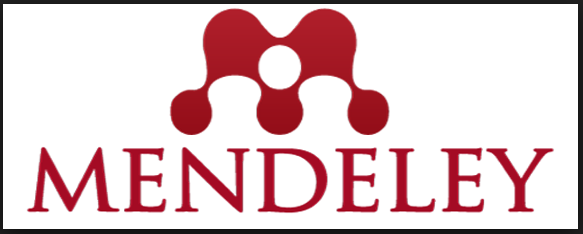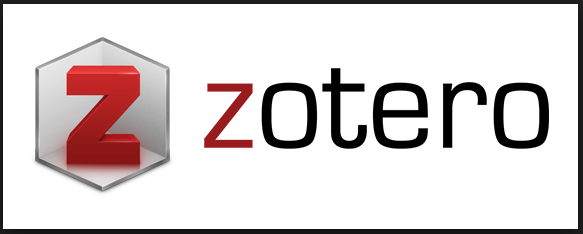Hubungan Antara Status Gizi, Gula Darah Sewaktu Dengan Tekanan Darah
DOI:
https://doi.org/10.30989/hbj.v1i1.836Keywords:
Blood pressure, Blood sugar, Nutritional statusAbstract
Background: Hypertension is a disease that causes morbidity and mortality in Indonesia. According to Riskesdas in 2018 the incidence of hypertension in East Java was 36.6%, this figure increased compared to 2013 (26.4%). The aim of this research is to analyze the relationship between nutritional status, temporary blood sugar and blood pressure.
Method: This type of research is analytic observational with a cross sectional approach. The object of this study was the community of RW 12 Oro Ombo Village who took part in a health examination and were willing to be examined. The technique of taking research subjects with total sampling, with a total of 54 people. This research was carried out at RW 12 Oro Oro Ombo Village, Batu City in January 2022. Data in the study were obtained through measurements of research subjects by measuring body weight and height, as well as blood sugar when carried out using POCT (Point Of Care Testing) while measuring blood pressure by measuring systolic blood pressure using a digital sphygmomanometer.
Result: The results obtained from this study were that there was no relationship between nutritional status and blood sugar when the p value = 0.156 (> 0.05) and there was a relationship between blood sugar levels when and systolic blood pressure of the people of RW 12 Oro Oro Ombo Village, Batu City, p value = 0.024 ( <0.05). For health workers, the hope is to encourage the public to routinely check their health at health service facilities to detect their health status early.
Conclusion: The reseach showed that there was no relationship between nutritional status and temporary blood sugar, but there was a significant relationship between temporary blood sugar levels and systolic blood pressure in the community of RW 12 Oro Oro Ombo Village, Batu City.
References
Dinas Kesehatan Provinsi Jawa Timur., “Profil Kesehatan Provinsi Jawa Timur 2019,” Dinas Kesehatan Provinsi Jawa Timur., p. tabel 53, 2020.
J. Kusumawaty, N. Hidayat, and E. Ginanjar, “Hubungan Jenis Kelamin dengan Intensitas Hipertensi pada Lansia di Wilayah Kerja Puskesmas Lakbok Kabupaten Ciamis,” Jurnal Mutiara Medika, vol. 16, no. 2, pp. 46–51, 2016.
E. Pakpahan, “Faktor Yang Mempengaruhi Gizi Lanjut Usia.” 2022.
R. D. Qatrunnada, “Faktor Penyebab Kejadian Kelebihan Berat Badan dan Obesitas pada Anak-anak dan Dewasa,” Media Gizi Kesmas, vol. 11, no. 1, pp. 2–6, 2022.
F. K. Hasanah, “Faktor-Faktor yang Mempengaruhi Meningkatnya Kadar Gula Darah Pasien di Klinik Fanisa Kota Pariaman dengan Menggunakan Analisis Faktor,” UNPjoMath, vol. 2, no. 3, pp. 14–19, 2019.
R. Kartika Sari, “Faktor-Faktor Yang Mempengaruhi Hipertensi,” Jurnal Ilmiah STIKES Kendal, vol. 3, no. 2, pp. 36–44, 2013.
D. S. Rahayu, “Hubungan Status Gizi Dengan Tekanan Darah Pada Lansia di Kabupaten Probolinggo,” pp. 1–76, 2019.
N. Suryani, Noviana, and O. Libri, “Hubungan Status Gizi, Aktivitas Fisik, Konsumsi Buah dan Sayur dengan Kejadian Hipertensi di Poliklinik Penyakit Dalam RSD Idaman Kota Banjarbaru,” Jurnal Kesehatan Indonesia, vol. 10, no. 2, pp. 100–107, 2020.
D. Kurniawati, W. Izzati, and Y. Nengsih, “Hubungan Glukosa Darah Dengan Tekanan Darah Dan Risiko Stroke Pada Lansia?: Studi Korelasi,” Jurnal Kesehatan Mercusuar, vol. 4, no. 2, pp. 60–65, 2021.
Saragih & Nugrahalia, “Hubungan antara Diabetes Mellitus dengan Hipertensi pada Pralansia and Elderly at Rambung Puskesmas,” Jurnal Ilmiah Biologi UMA ( JIBIOMA ), vol. 1, no. November 2019, pp. 58–63, 2020.









